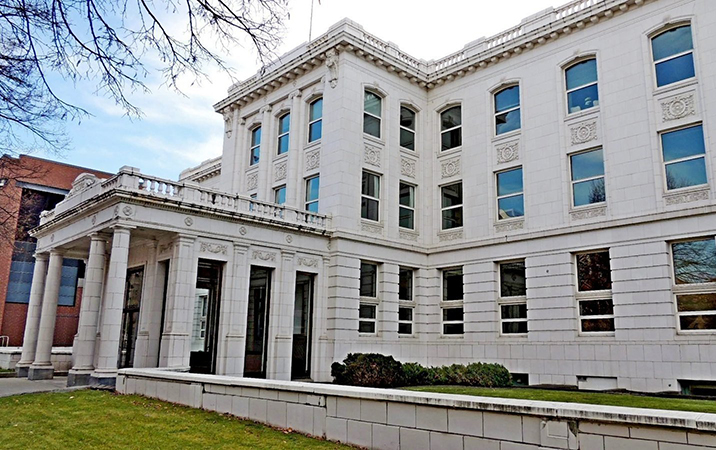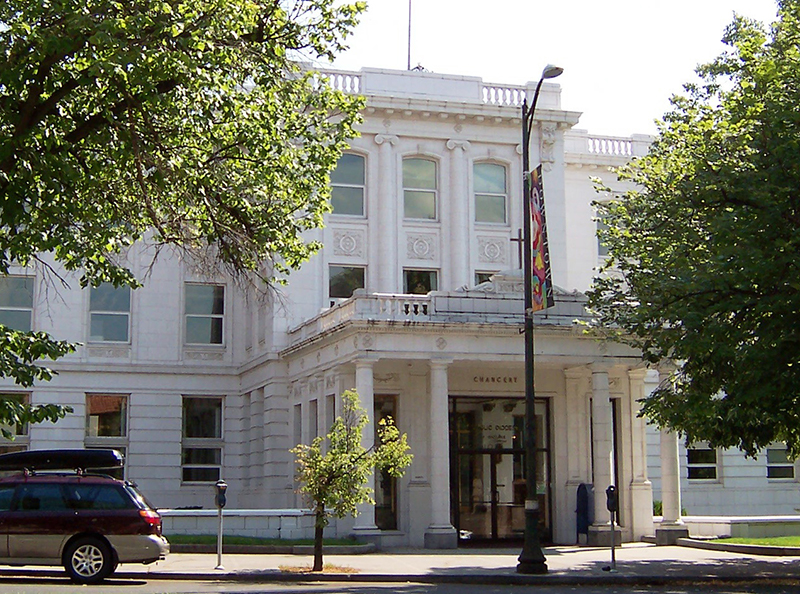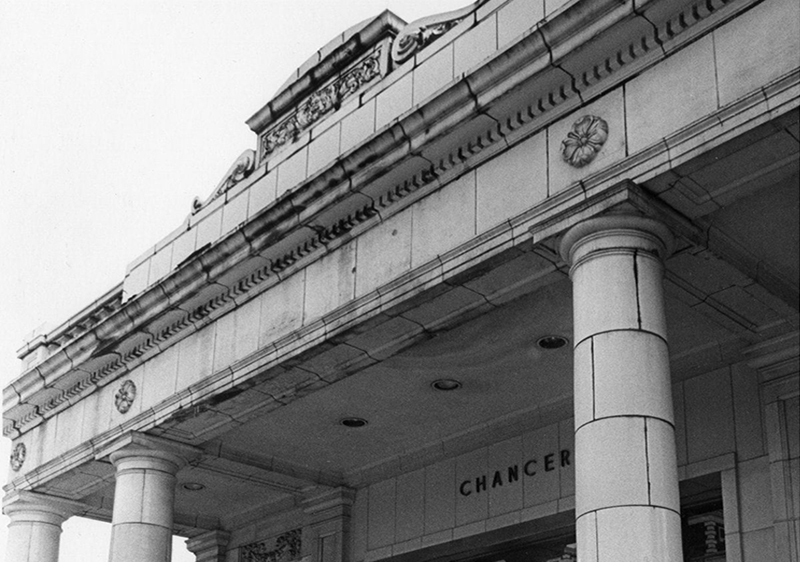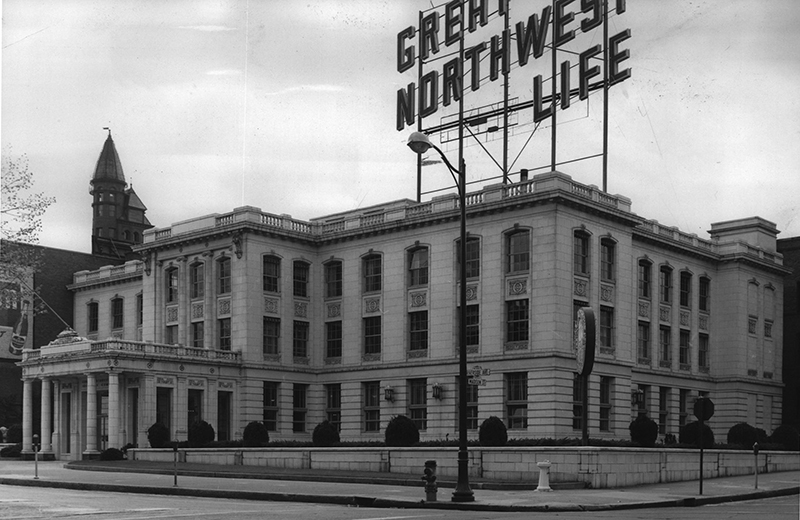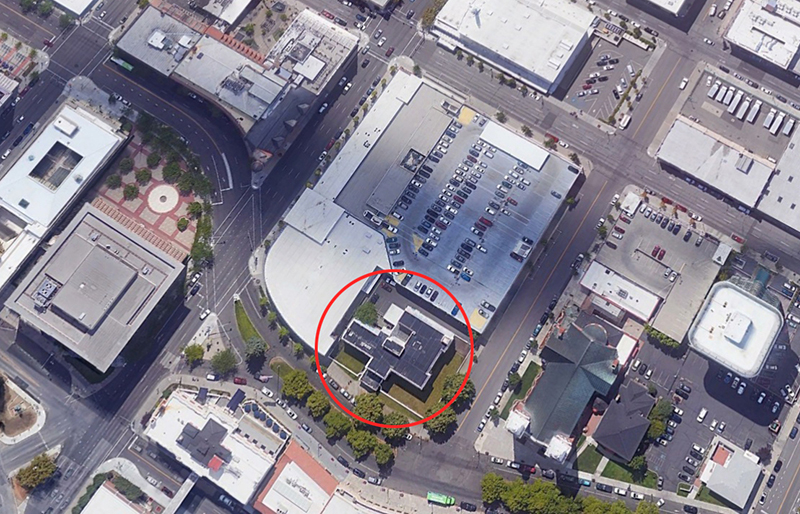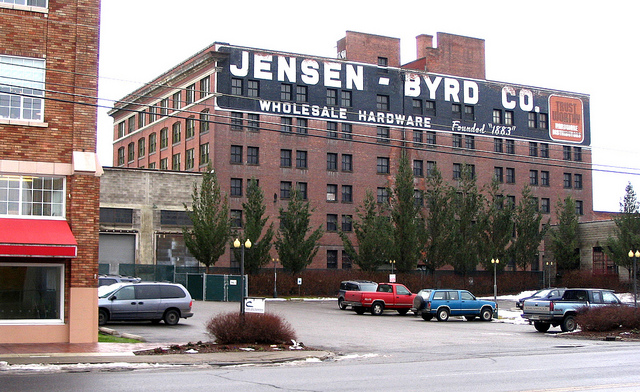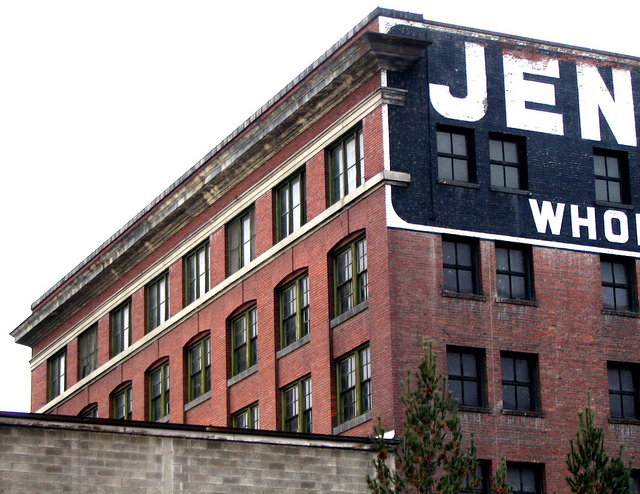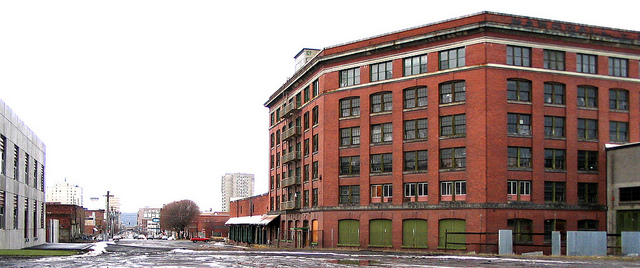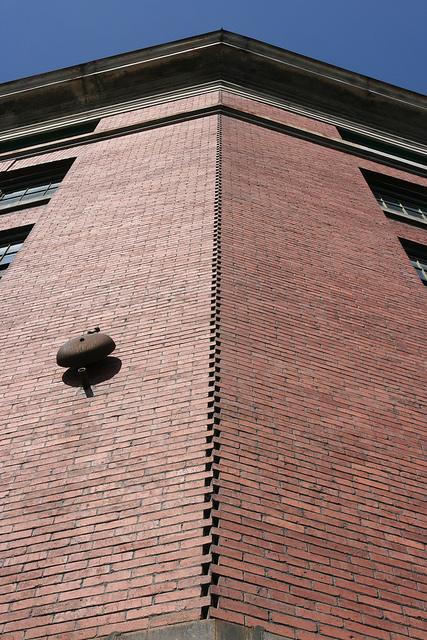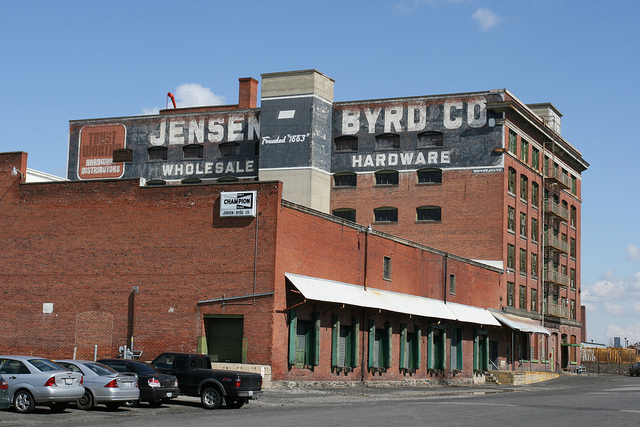The Chancery
Status: Most Endangered Places
Year Listed: 2020
Location: Spokane, Spokane County
The Chancery holds a position of prominence in downtown Spokane as an anchor structure in the National Register Riverside Historic District on what has been described as “Spokane’s most beautiful street.” Originally built in 1910 as the Western Union Life Insurance Building, the property was designed by famed architect Kirtland Cutter, also responsible for other noted Spokane buildings such as the Davenport Hotel, Patsy Clark Mansion, Spokane Club, and the Monroe Street Bridge—not to mention the Washington Trust’s very own Stimson-Green in Seattle. In 1924, the building underwent a significant expansion and redesign by another renowned Washington architect, Gustav Pehrson.
The building was home to a number of life insurance companies until 1966, when it was sold to Spokane’s Roman Catholic Diocese, serving as the diocese headquarters for over 40 years. In 2006, the Diocese sold the property, remaining as tenants in the building until last year. The current owner, which controls the entire block on which the Chancery Building is located, is presently evaluating redevelopment scenarios. No determination has been made regarding the future of the Chancery Building, but Spokane Preservation Advocates (SPA), our local advocacy partner, are hopeful the building can serve as a prominent feature of the redeveloped block, keeping the street one of the Spokane’s most beautiful. The Washington Trust is looking forward to collaborating with SPA, the owners, and other friends in Spokane to help work toward a positive preservation outcome.

